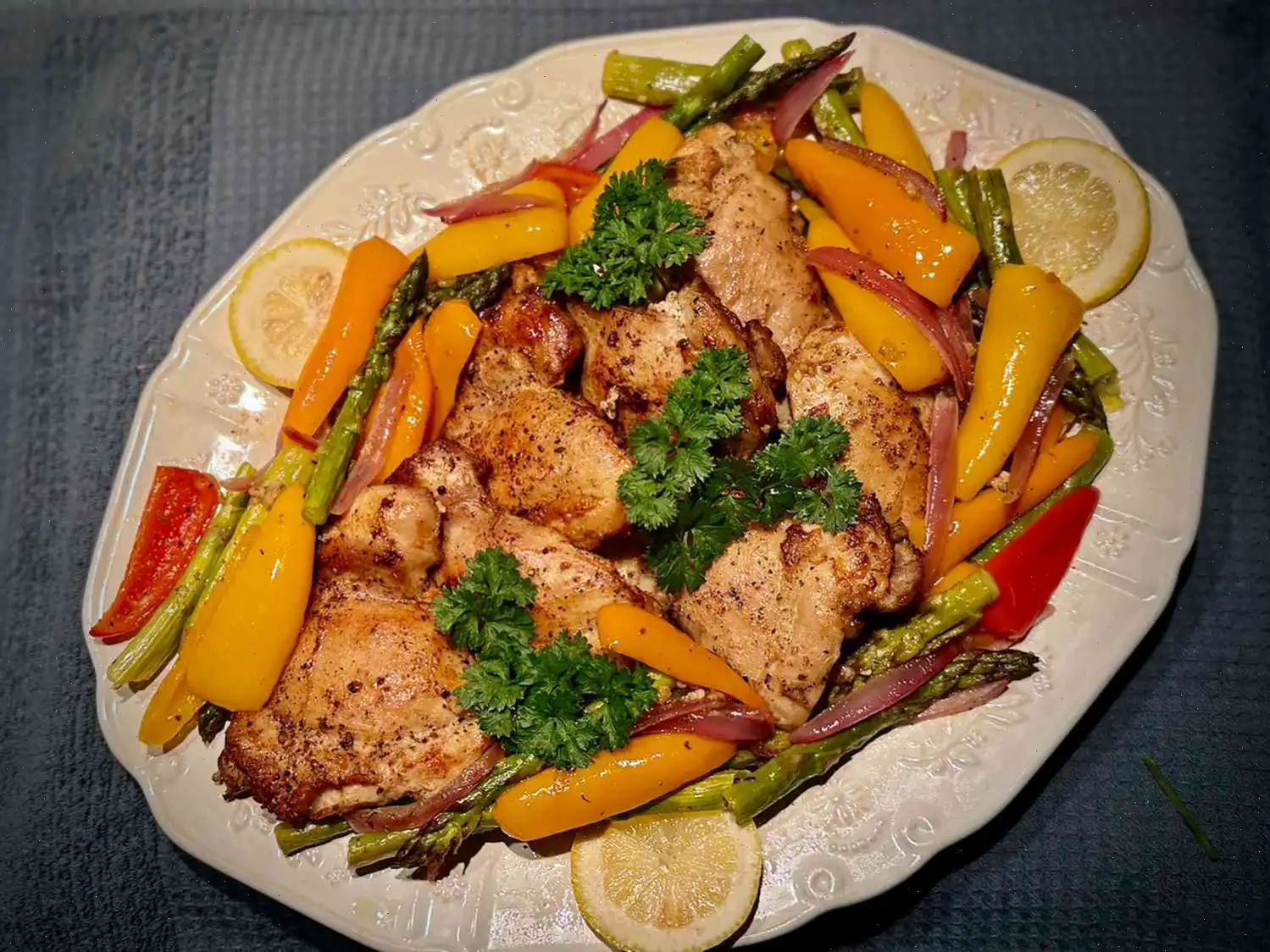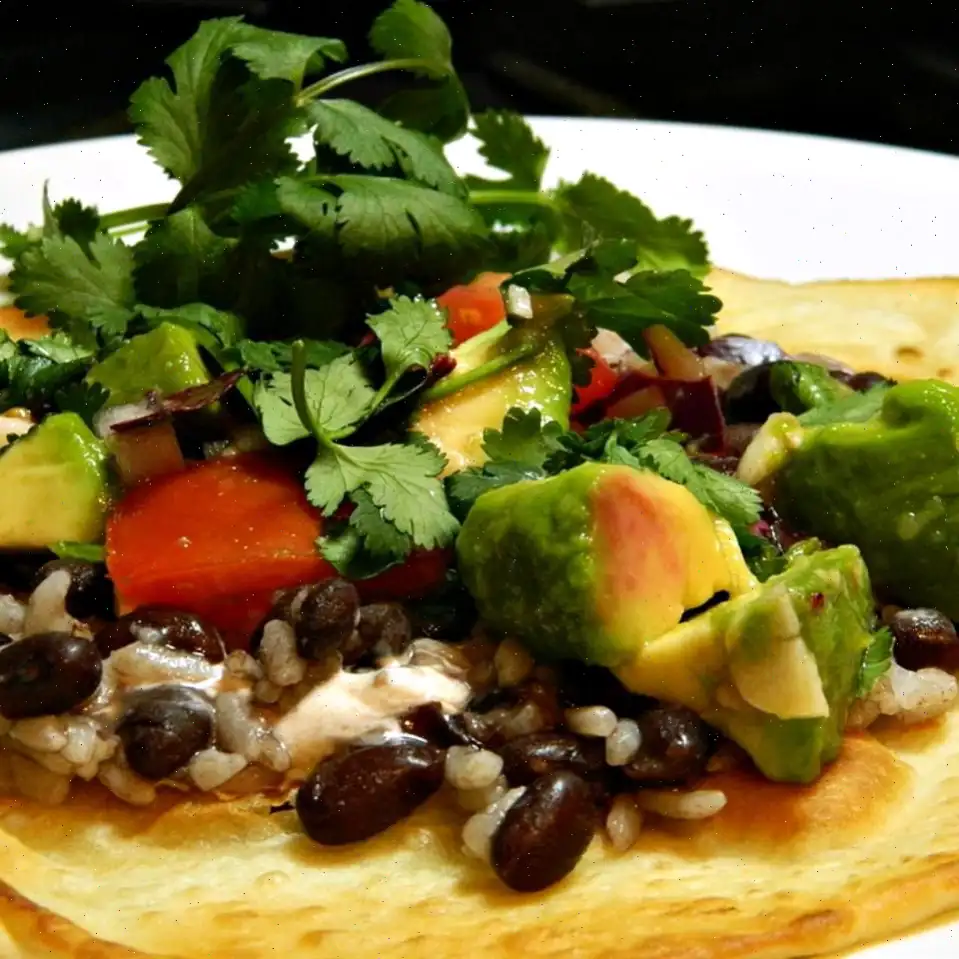
German Rouladen Recipe
Ingredients
- 1 pounds flank steak
- German stone ground mustard, to taste
- pound thick sliced bacon
- 2 large onions, sliced
- 1 (16 ounce) jar dill pickle slices
- 2 tablespoons butter
- 2 cups water
- 1 beef bouillon cube
Directions
Step 1: Start by cutting the flank steak into thin filets, about 1/4 inch thick and 3 inches wide.
Step 2: Generously spread mustard on one side of each steak filet according to your taste preferences.
Step 3: Layer bacon slices, onions, and pickle slices on each filet.
Step 4: Roll up the filets tightly and secure each roll with string or toothpicks to hold it in place.
Step 5: Heat a skillet over medium heat and melt the butter in it. Once melted, add the steak rolls to the skillet and saut until they are browned on all sides.
Step 6: Pour in 2 cups of water and add the bouillon cube to the skillet, stirring to dissolve the cube into the liquid.
Step 7: Let the rolls simmer in the skillet for about one hour, allowing the flavors to meld and the meat to become tender.
Nutrition Facts (per serving)
- Calories: 264
- Total Fat: 17g (22% Daily Value)
- Saturated Fat: 8g (38% Daily Value)
- Cholesterol: 59mg (20% Daily Value)
- Sodium: 1450mg (63% Daily Value)
- Total Carbohydrates: 8g (3% Daily Value)
- Dietary Fiber: 2g (6% Daily Value)
- Total Sugars: 4g
- Protein: 19g (38% Daily Value)
- Vitamin C: 4mg (4% Daily Value)
- Calcium: 23mg (2% Daily Value)
- Iron: 2mg (13% Daily Value)
- Potassium: 405mg (9% Daily Value)
* Percent Daily Values are based on a 2,000 calorie diet. Your daily values may be higher or lower depending on your calorie needs.
Note: Nutrient information is not available for all ingredients. Amounts are based on available nutrient data.
Important: If you are following a medically restrictive diet, consult your doctor or a registered dietitian before preparing this recipe for personal consumption.

History of German Rouladen
Rouladen, a beloved German dish, has been a staple of home cooking for centuries. Its exact origin is debated, but it is believed to have emerged in the 18th or 19th century, evolving as a way to use cheaper cuts of beef. The concept of rolling thin slices of meat with various fillings may have been inspired by similar dishes across Europe, but Germany made it uniquely their own by adding ingredients like bacon, onions, and pickles. Traditionally, rouladen was cooked for special occasions or Sunday dinners, offering a hearty, comforting meal that could feed a family or group of guests.
Regional Variations
While German Rouladen is enjoyed across the entire country, there are regional differences in its preparation. In the northern regions, for instance, the rouladen is often paired with potato salad, while in the south, it is commonly served with hearty sides like red cabbage and spaetzle (German egg noodles). Some variations may include the addition of mustard or wine in the cooking broth, which enhances the flavor and creates a richer gravy. Despite these small differences, the essence of the dish remains the samerolled beef filled with savory ingredients and slow-cooked to perfection.
Differences from Similar Dishes
Rouladen may remind some of other rolled meat dishes like Italian braciole or French beef Wellington, but it stands apart in several ways. Unlike the Italian braciole, which is often stuffed with breadcrumbs and cheese, German rouladen is filled with pickles, onions, and bacon. The use of mustard as a spread before rolling the meat is another distinctive touch that sets it apart from other meat roll recipes. Moreover, while beef Wellington is typically encased in puff pastry, rouladen is traditionally cooked in a broth, creating a rich, flavorful gravy.
Where is German Rouladen Typically Served?
Rouladen is most commonly served in family homes across Germany, particularly during festive occasions such as Christmas and New Years Eve. It is also a popular dish in beer halls and traditional German restaurants, where it is often paired with a cold glass of beer. In some areas, rouladen is also a regular feature at Sunday family dinners, where it is served with side dishes like mashed potatoes, red cabbage, and dumplings. The dish has even made its way to various German-speaking communities outside Germany, including Austria, Switzerland, and the United States, where it is embraced for its rich flavor and satisfying nature.
Interesting Facts About Rouladen
1. The word "Rouladen" comes from the French word "rouler," meaning "to roll," reflecting the method of rolling thin slices of beef around a filling.
2. Rouladen is not just a dish; it's a symbol of comfort and tradition in German households, often bringing families together to enjoy a warm, home-cooked meal.
3. The key ingredientsbacon, pickles, and mustardare a combination that dates back to the days when German cooks sought to preserve and enhance the flavors of their food. These ingredients not only provide a savory taste but also a balance of acidity and richness, making the dish particularly appealing.
4. In Germany, rouladen is typically cooked slowly, sometimes for several hours, allowing the flavors to meld together and making the beef tender and succulent.
5. German Rouladen has inspired many variations across cultures. For instance, in the United States, it's not uncommon for people to serve rouladen with mashed potatoes or even as part of a hearty sandwich!
FAQ about German Rouladen Recipe
Comments
Tyler Baker
12/23/2023 03:34:42 AM
I'm a vegetarian, but I still enjoy cooking meat dishes for my family and boyfriend. The preparation was easy, the ingredients were simple, the flavor was exceptional, and I will definitely be making this again! I spoke with a local butcher and purchased beef round tip steak cut into thin slices, which closely matched the recipe requirements. I used Kelly's SG mustard, Vlasic stackers pickles, and store-brand bacon, chopped into large pieces. Any excess onion that didn't go into the rolls was diced and added to the pan along with the browned meat. I cooked everything until tender, then added smoked paprika, whole garlic cloves, and bay leaves which eventually dissolved into the mixture. I poured in beef broth and simmered the dish for around two hours, occasionally turning the rolls. To thicken the gravy, I used a mixture of flour and water, resulting in a fantastic meal! I served the beef rolls with gravy over creamy mashed potatoes. Another successful dinner for me - YAY ME! Thank you, Ron!
Timothy Allen
09/10/2023 10:32:56 AM
My father's recipe for roulade holds a special place in my heart, especially during Christmas dinner. This dish became a cherished tradition after his passing, as I continue to honor him by preparing it. Originally inspired by his time in Germany, he made improvements to the recipe by simplifying the process and eliminating unwanted ingredients. He transformed all the components into a flavorful paste that he spread over the beef, ensuring a delicious outcome. The bacon was crispy and sprinkled on the meat before rolling it up, adding an extra layer of flavor. After browning the rolls, he slow cooked them in a savory beef broth with a bay leaf until they were tender and melted in your mouth. Our festive dinner always includes the roulade, German potato salad, and green beans topped with crispy bacon. It's a meal that I eagerly anticipate each year, a wonderful tribute to my father's culinary legacy. Yum!
Pamela Garcia
08/27/2023 02:43:10 PM
Turned out fantastic! I sliced the rolls before serving and served them alongside the delicious Hot German Potato Salad recipe (also found on this website).
Michelle Anderson
09/17/2022 02:10:30 AM
I tried making Rouladen for the first time and they turned out fantastic! I was pleasantly surprised that the recipe was easy and not as time-consuming as I thought. My children absolutely loved them, especially the sliced pickles which my wife didn't include in hers. I made three servings per person (3 pounds of meat) and there wasn't a single one left.







